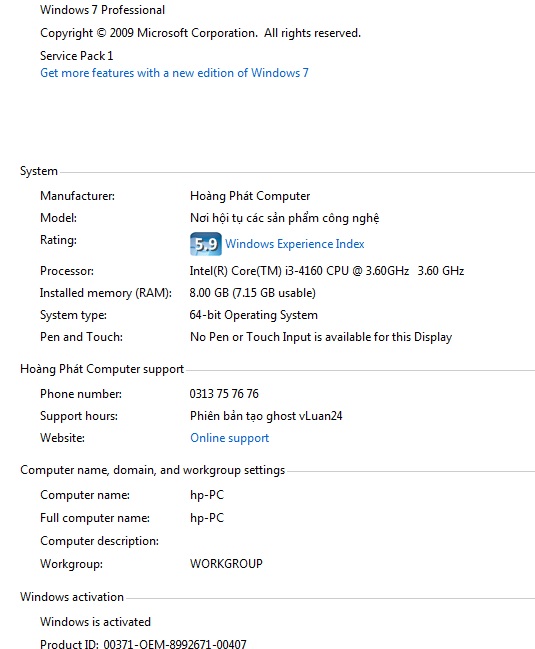


Supported Platforms and Operating Systems: Reboot your machine and then run the Ansys Student product from your Start menu by selecting Workbench. The Ansys Student software is now installed.Click the exit button to close the installer.

Click the right arrow button to accept the default values throughout the installation.Read and accept the clickwrap to continue.(This will run setup.exe from the extracted files.) Right-click on setup.exe and select Run as Administrator.Extract (unzip) the downloaded installation files.Installation steps for the Ansys Student products from Release 18.0 onward: Please visit our Ansys Learning Forum for additional assistance.The Ansys Student installation will overwrite any existing installations. Uninstall any existing Ansys products present on your computer.Ensure that you have administrator privileges for the computer on which you are installing this product.Please see the platform support document for details. Ensure that your computer meets the technical requirements necessary to run the software.Once done, the message of successful installation will be displayed. This command will start downloading and installing packages related to the OpenCV library. The following command is run in the command prompt to install OpenCV. The version of pip will be displayed, if it is successfully installed on your system. If python is successfully installed, the version of python installed on your system will be displayed. Type the following commands in command prompt to check is python and pip is installed on your system. Step 1 − Make sure Python and pip is preinstalled on your system OpenCV is an open-source library used in machine learning and image processing.It performs tasks such as recognizing handwritten digits, human faces and objects. Computer vision include understanding and analyzing digital images by the computer and process the images or provide relevant data after analyzing the image. OpenCV is a Python library that is used to solve computer vision problems.


 0 kommentar(er)
0 kommentar(er)
